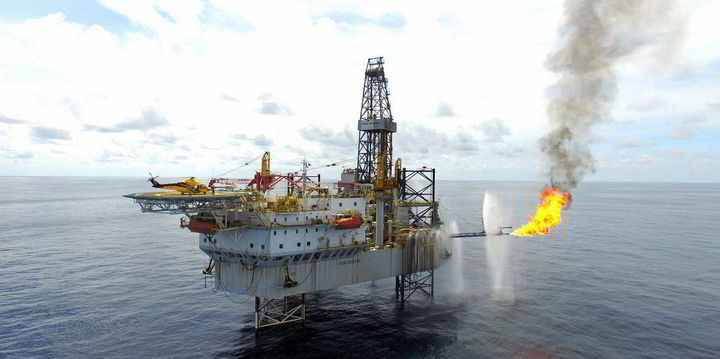Australian independent Twinza Oil is all set to proceed with front-end engineering and design (FEED) for the first phase one of its Pasca A gas condensate development offshore Papua New Guinea, just as soon as it receives the remaining regulatory approvals including for its Petroleum Development Licence (PDL) application.
“Twinza has complied with all laws, regulations and information requests since entering PNG in 2011 and stands ready to proceed with Pasca Phase 1 FEED as soon as the outstanding regulatory approvals are granted,” said executive chairman Stephen Quantrill.
Pasca A will be developed in two phases, starting with the production of about 200,000 tonnes per annum of liquid petroleum gas (LPG) for the domestic market with exploitation of the gas to follow via a floating liquefied natural gas facility.
Gas produced alongside the hydrocarbon liquids during phase one will be reinjected, Twinza has said.
Resources upgrade
The upbeat operator confirmed that Pasca A’s total estimated resource has increased by 35% since the 2018 assessment following studies by its technical team and an independent assessment by Gaffney, Cline & Associates.
Updated estimates including contingent best estimate resources are 167 million barrels of oil equivalent including 464 billion cubic feet of LNG feed gas, 47 million barrels of condensate and 43 million barrels of LPG. These resources will likely be classified as 2P reserves after the PDL is awarded.
Article continues below the advert
“The upgraded assessments are a credit to our chief executive Robert Gard and our whole Twinza technical team who have used the delays in securing regulatory approvals to add value to the project for the benefit of all stakeholders including the people of Papua New Guinea,” added Quantrill.
CCS potential
GaffneyCline also validated the potential to sequester up to 200 million tonnes of carbon dioxide in the Pasca A field, which lies in a water depth of 93 metres, and confirmed that CO2 injection is technically feasible in tandem with gas production.
The consultants’ study work confirmed more than 50 million tonnes of CO2 could be stored in the gas cap of Pasca A’s reservoir while there is further potential storage of more than 150 million tonnes of carbon dioxide in the aquifer directly below the gas water contact.
Twinza said that the carbon sequestration study resulted from its technical work on the concept, “which was initiated in response to the evolving expectations of energy investors”.
Although the Australian player has no immediate plans to utilise the capability, the company said it represents an opportunity to dispose of emissions from proximate regional projects or to potentially work towards a world-scale carbon capture and storage project at the Pasca field location.
Pasca A was discovered on the PPL 328 area in the Gulf of Papua with a 1968 wildcat, but there was no follow-on technical work for almost 30 years.
Twinza acquired the offshore asset in 2011 and four years later filed its initial field development plan (FDP) and applied for a development licence. In 2019, the operator performed concept selection work for the second phase development associated with LNG export and submitted an addendum to the FDP.
Twinza currently has a 100% working interest in the PNG asset although it is expected that the host government will opt in for a stake of up to 22.5% at some point in the future.

